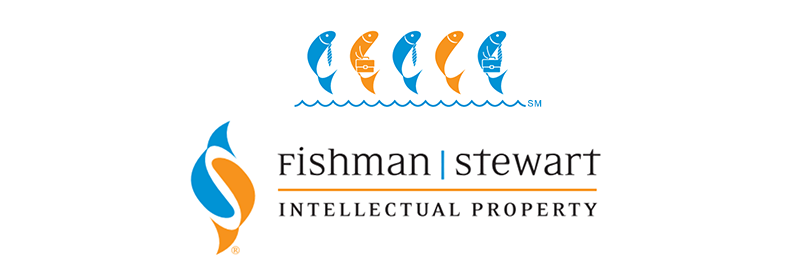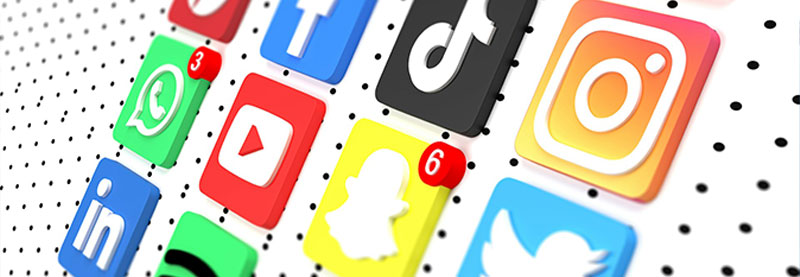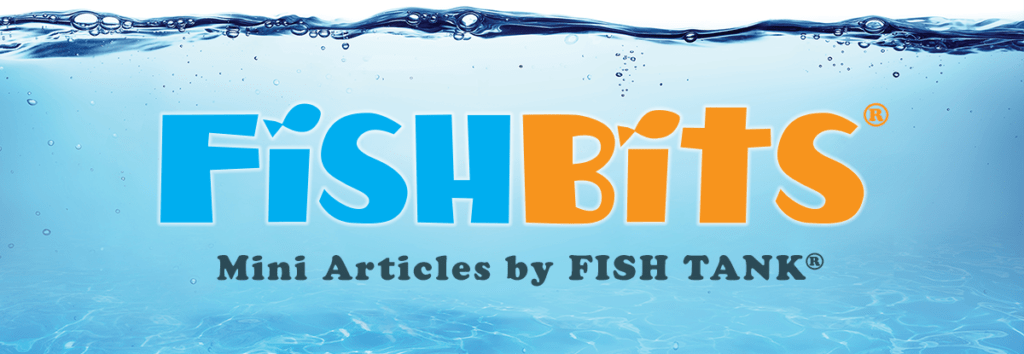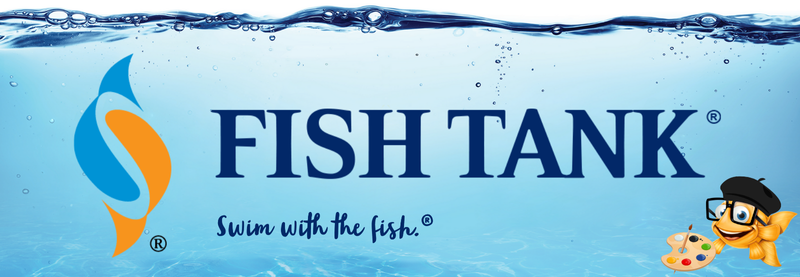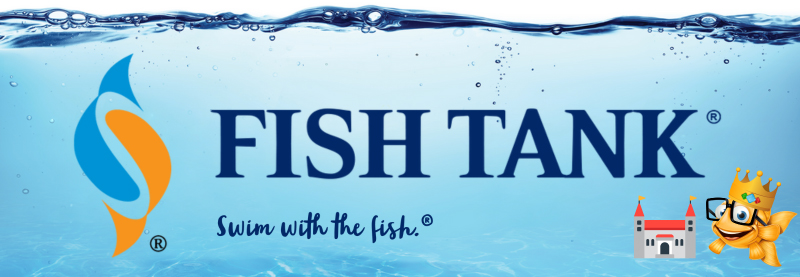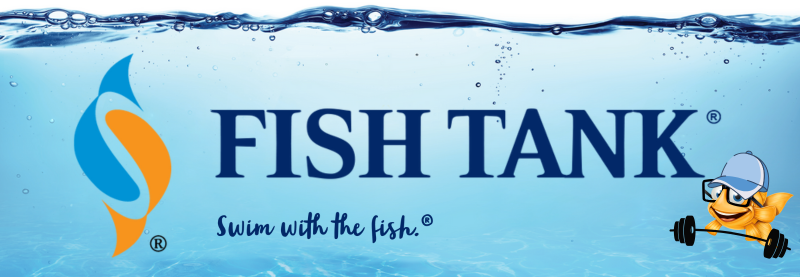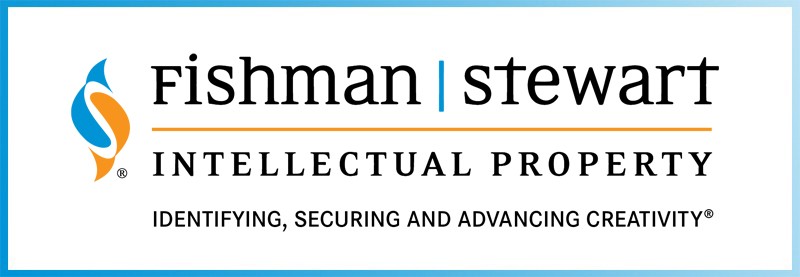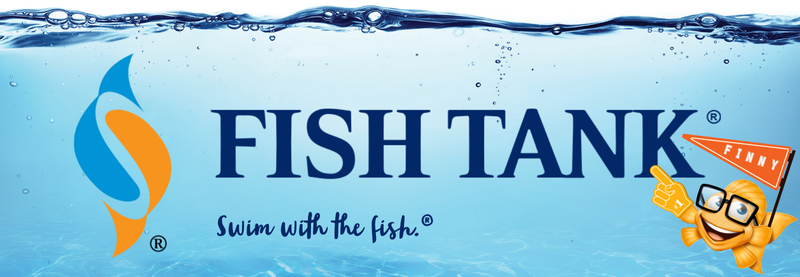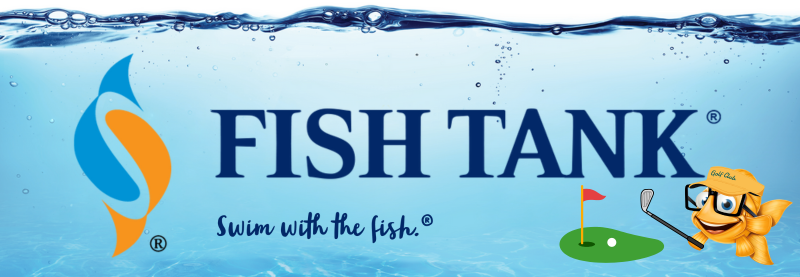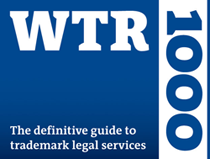Intellectual Property Insights from Fishman Stewart PLLC
Newsletter – Volume 24, Issue 18
Share on Social
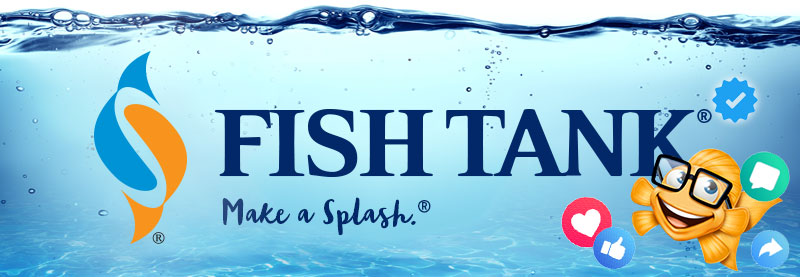
Protecting Digital Content in the Age of Social Media
By Kimberly McLean
In the digital age, social media has become a powerful platform for content creation, enabling individuals and businesses to reach wide audiences. Platforms like Instagram, TikTok, and YouTube have made it easy for anyone with a smartphone and an internet connection to create and share content. These platforms have democratized content creation, paving the way for a new breed of celebrities called influencers or content creators who build their brands through unique and engaging content.
One of the biggest challenges for influencers is the demanding process of continually producing new and engaging content. This task requires a significant investment of time and resources to consistently captivate their audience. Shows like The Hype House, The Impact New York, and Influenced offer an inside look at the rigorous challenges influencers face.
Many influencers monetize their social media presence through sponsored posts, advertisements, and brand collaborations, and unauthorized use of their content can lead to financial losses. For this reason, it is very important for influencers to protect their digital content including photos, videos, music and written posts (through copyright registrations).
Recently, the New York Post reported that a lawsuit, which “could be a first of its kind accusing another content creator of duplicating her TikTok, Instagram and Amazon Storefront posts,” has been filed in Texas. Influencer Sydney Nicole Gifford is suing influencer Alyssa Sheil for replicating posts on the @sydneynicolegiff Instagram account, TikTok account, and Amazon Storefront. Ms. Gifford claims that the copied posts include content that has been registered with the Copyright Office.
Copyright law prohibits the unauthorized use of protected works, including images, photos, videos, and written content, ensuring that creators can control how their work is used and benefit financially from their creations. When content is registered with the Copyright Office, it provides creators with the legal foundation to enforce their rights and seek remedies for infringement, including damages and injunctions. Unauthorized copying and distribution of such registered works can lead to serious legal consequences for the infringers, highlighting the importance of respecting intellectual property rights in the digital age.
While a copyright automatically exists upon creation of an original work, copyright registration is a prerequisite to filing a lawsuit for copyright infringement, except in cases involving a non-U.S. work.
In addition to registration, content creators can employ other strategies to protect their work. Adding watermarks to images and embedding metadata in digital files can help establish ownership and make it easier to track unauthorized use. For collaborations and partnerships, creators should use legal agreements that clearly define IP rights and usage terms. This helps prevent disputes and ensures all parties understand their rights and obligations
Only time will tell the outcome of the “influencer” lawsuit, but the takeaway is to remember to register your digital content with the Copyright Office to protect it from copycats and preserve a recourse if copyright infringement occurs. This is important not only for influencers but for all content creators.
As social media continues to evolve, the protection of content creation remains a critical issue. By understanding the challenges and implementing effective strategies, content creators can better safeguard their intellectual property and ensure their work is used appropriately. While the digital landscape presents unique obstacles, a combination of legal measures, platform tools, and community education can help protect the valuable creations shared on social media.
Kimberly McLean is Of Counsel with Fishman Stewart and has over 20 years of experience in IP law, focusing on patent prosecution and counseling in electrical arts, including software, cloud computing, blockchain, multimedia systems, autonomous vehicles, and AI. As a former primary patent examiner, she leverages her insider knowledge of the PTO to achieve successful outcomes for her clients.

Related Content from Fishman Stewart
People have long pondered whether or not the Giza pyramids were indeed solely burial chambers, which was the only known, and archaeologically determined, use—until now.
As the story goes, Klein was so taken with the indescribable blue of the sky over the Mediterranean in Nice, France, that he dedicated his artistic talent developing a blue that would imbue the canvas with this color in its purest form.
Despite her pseudo-legal background in Suits, Meghan has been running into one issue after another in her efforts to register the trademark and logo for her new lifestyle company, for now, called “AS EVER”.
By 1930, efforts began in New York to replace Mother's Day with Parent's Day because men were more than just breadwinners. Those efforts didn't catch on, probably because in that era, women often spent more time in the home.
In February, Nike and Skims announced that they will be working together on a new brand, NikeSkims. The co-brand will create a new line of training apparel, footwear, and accessories specifically designed to meet the unique needs of women athletes.
Generally, federal courts have exclusive jurisdiction over copyright cases, and often, this presents an insurmountable paywall for individual artists and small businesses to vindicate their rights, especially where the value of the individual copyrighted works are relatively low.
Dedicated to raising public awareness about the importance of encouraging innovation and creativity throughout the world, the World Intellectual Property Organization (WIPO) annually observes World Intellectual Property Day on April 26 to showcase the role that patents, trademarks, industrial designs, copyrights and trade secrets play in our everyday lives.
Hold onto your foam fingers, sports fans – college sports just got a whole lot more interesting! The latest updates to Name, Image, and Likeness (NIL) rules are making student-athletes bigger than ever, and it’s not just about the game anymore.
Did a federal court in Louisiana recently decide that US copyrights are global rights? It seems so.
L.A.B. Golf aims to protect its innovations, and therefore its market position, owning three patents for its zero-torque design. The question now is whether L.A.B. Golf can withstand the wave of copycat designs.
IDENTIFYING, SECURING AND ADVANCING CREATIVITY®
